Farmers in western Wisconsin are finding they can implement successful and sustainable conservation practices faster as a group openly sharing experiences, rather than individuals experimenting alone.
Jerry Emmert and his brother, Jim, are the third generation to farm the family’s land. Now, along with crop farming, they own and manage a grain elevator and agricultural retail business in Baldwin, Wis. The brothers have been trying various conservation practices since they took over the farm in the late 1990s.
 |
Baldwin Area Farmer
Emmert joined the group Western Wisconsin Conservation Council (WWCC) mainly to share ideas with other farmers and gain knowledge from those who have experience with practices he has yet to try.
“Being able to talk with other farmers who have successfully implemented practices or tried ideas that we want to test is a huge benefit to being a member of WWCC,” Emmert said. “By understanding the challenges other farmers faced before, we can shorten our path to success with conservation.”
WWCC is a nonprofit led by farmers in the northwestern part of the state. The group’s 51 members represent 46,813 acres and 15,275 head of dairy cattle, beef cattle, horses, sheep, goats and pigs. The group collaborates with university researchers, environmental groups and community leaders to address water quality challenges.
Emmert has been integrating conservation practices for as long as the farm existed, but techniques continue to change. He manages grass waterways and cover crops and continues reduced-tillage practices. All these practices have shown promising outcomes in reducing soil erosion, holding nutrients in place and improving water quality.
“We built ditches that are seeded with grass to slow the flow of water that runs through our land,” Emmert said. “By having grass slow the water, we hold our topsoil and nutrients on our fields where it belongs.”
Other farmers in WWCC are seeing benefits as well, and eagerly trying new practices. In 2021, members planted 12,058 acres in cover crops and 24,584 acres using strip tillage or no tillage. Overall, the group increased conservation practices by more than five times since 2018. Many farmers incorporate multiple practices on the same fields.
Those practices helped potentially prevent an estimated 84,960 pounds of phosphorus from leaving farm fields, reduced an estimated 22,830 tons of sediment erosion and reduced carbon dioxide equivalents by 16,300 tons, according to research shared by the state Department of Agriculture, Trade and Consumer Protection; the University of Wisconsin-Madison; and The Nature Conservancy (TNC).
For comparison, a soil loss of 100 tons is about 10 standard dump truck loads, and 1 pound of phosphorous in a lake or stream has the potential to cause the growth of up to 500 pounds of algae, which can degrade water quality. The tons of carbon dioxide reduction by WWCC members equal the greenhouse gas emissions of 3,512 cars driven for a year.
The modeling-based analysis calculated an estimate of the impact of cover crops and reduced soil tillage compared to more conventional methods typical to the group’s region.
TNC is a key supporter of WWCC and helps to complete the annual analyses, which come from member surveys.
“We’re excited to work with these innovative farmer members who are not only making changes in how they farm and manage their soil but sharing their data so we can better measure outcomes,” said Steve Richter, director of agriculture strategies for TNC. “There is a lot of interest among farmers in practices that improve soil health and increase productivity, and WWCC farmers are making these practices more accessible to others by sharing lessons learned.”
Emmert said he continues to see benefits in the conservation practices and plans to implement them on more acres. He feels strongly about having a sustainable farm for the environment and future generations.
“As almost any farmer I know, conserving the resources that we have and managing them is extremely important,” he said. “The goal is to have what we do be sustainable beyond our lifetime, and I feel that is in the heart of every farmer.”
BY THE NUMBERS
Number of acres covered by conservation practices among Western Wisconsin Conservation Council members:
- 2018 ― 26,841
- 2019 ― 83,481
- 2020 ― 161,014
- 2021 ― 165,110
Potential impact of conservation practices:
- Phosphorus runoff reduction ― 84,960 pounds
- Sediment erosion reduction ― 22,830 tons

